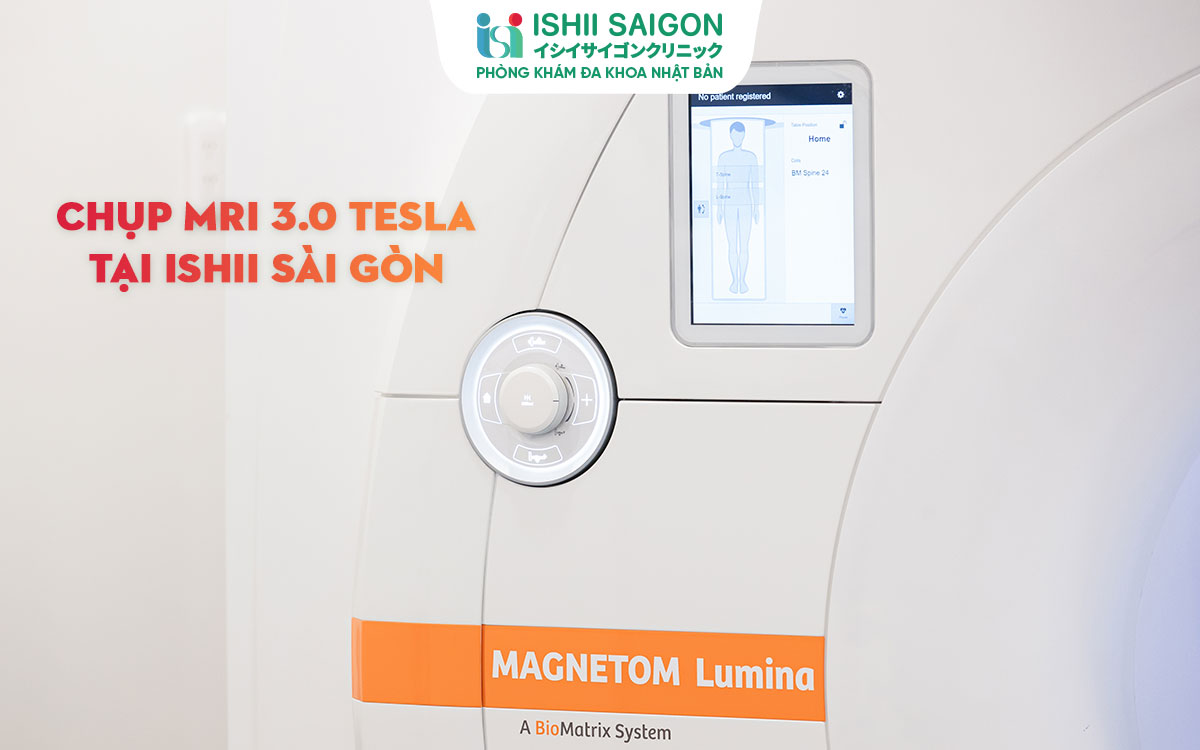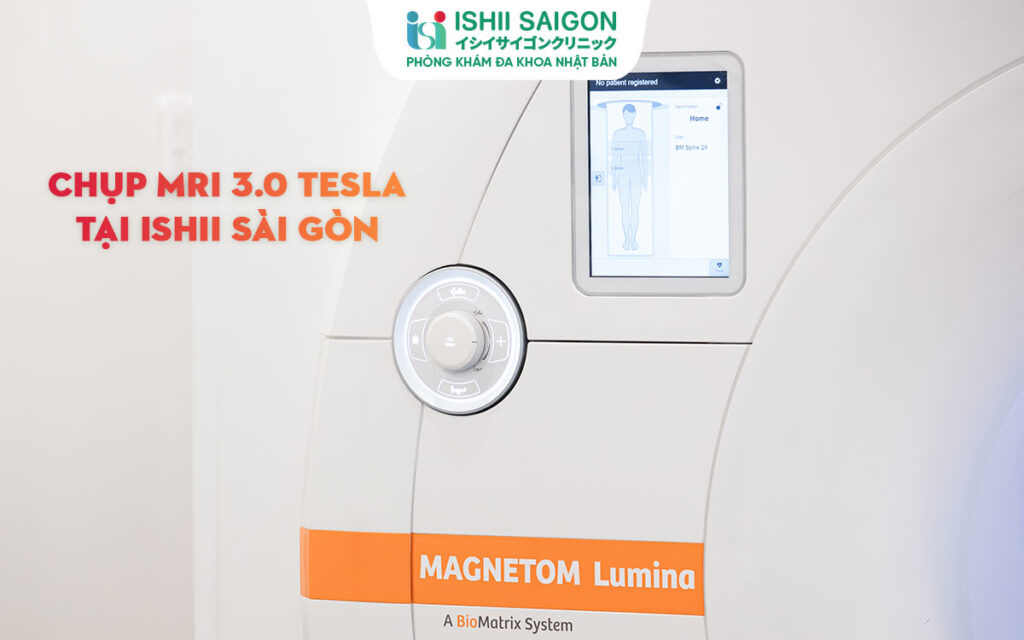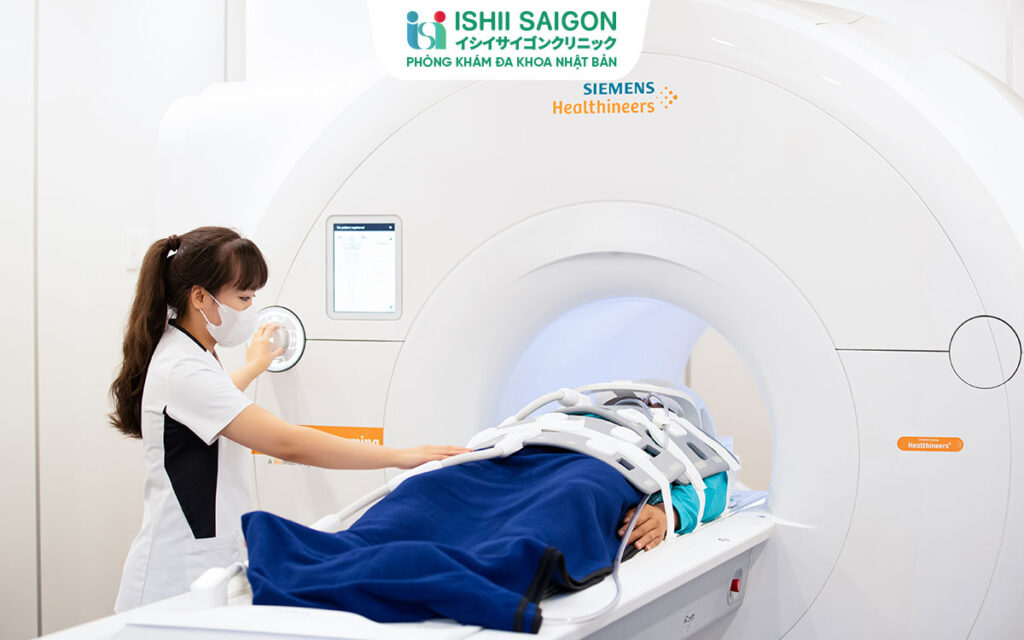
1. Introduction to the 3.0 Tesla Magnetic Resonance Imaging (MRI) System
Definition and Operating Principles
The 3.0 Tesla Magnetic Resonance Imaging (MRI) system is a state-of-the-art technology that uses strong magnetic fields and radio waves to produce detailed images of the body’s internal structures. The high magnetic field strength of 3.0 Tesla enables this MRI system to generate sharper images compared to traditional 1.5 Tesla MRI machines. Its operating principle relies on the interaction between the strong magnetic field and hydrogen atoms in the body, which produces signals used to create precise images of soft tissues and internal structures.
Benefits of Using the 3.0 Tesla System
Using the 3.0 Tesla system offers numerous outstanding benefits. First, the strong magnetic field significantly enhances image resolution, aiding doctors in detecting microscopic abnormalities. Additionally, the 3.0 Tesla system reduces scan times, providing a more comfortable experience for patients. This is especially valuable in screening for cardiovascular, neurological disorders, and early-stage cancer.

2. Outstanding Advantages of the 3.0 Tesla Magnetic Resonance Imaging (MRI) System
Superior Image Quality
With its powerful capacity, the 3.0 Tesla MRI delivers high-resolution images, enabling the detection of details that 1.5 Tesla systems might miss. This is especially crucial in diagnosing complex conditions such as cancer or neurological disorders.
Fast scanning time
Compared to previous systems, the 3.0 Tesla significantly reduces scan time thanks to its rapid image acquisition capabilities. This not only minimizes patient discomfort but also enhances efficiency in the scanning process.
Patient Safety
The 3.0 Tesla MRI system at Ishii Saigon meets strict safety standards. The strong magnetic field is harmless to the body and does not involve ionizing radiation, ensuring that patients can undergo the procedure with peace of mind.
3. MRI Scanning Process at Ishii Saigon
Preparation Before the Scan
Before the MRI scan, patients will be asked to remove any metal items and clothing made of materials that may interfere with the magnetic field. Additionally, healthcare staff will inquire about the patient's medical history and provide detailed instructions to ensure safety throughout the scanning process.
MRI Scanning Procedure
During the scan, the patient lies inside the MRI machine and needs to remain still to ensure accurate images. The advanced 3.0 Tesla system enhances patient comfort with its spacious design and shorter scan time.
After the Scan
After the scan, patients can resume normal activities and do not need rest time. Healthcare staff will provide detailed instructions if necessary.

4. Some important notes
Who Should Not Undergo an MRI Scan?
Patients with metal implants or electronic devices in their body, as well as pregnant women in the early stages of pregnancy, should avoid undergoing an MRI, unless recommended by a doctor.
Post-Scan Care?
There is usually no special care required after an MRI scan. However, if the patient has received contrast dye injection, it is recommended to drink plenty of water to help the body eliminate the dye more quickly.
5. Frequently Asked Questions
Does an MRI scan hurt?
The MRI process is completely painless. The machine generates sound, but it does not affect health. If necessary, healthcare staff can provide noise-canceling headphones for the patient.
How long is the waiting time for results?
The MRI results will be available within 24-48 hours, depending on the specific case and the complexity of the images.
Is any preparation required before the MRI scan?
Patients need to remove jewelry, metal items, and wear suitable clothing. If there are any medical conditions, they should inform the healthcare staff to ensure safety.






